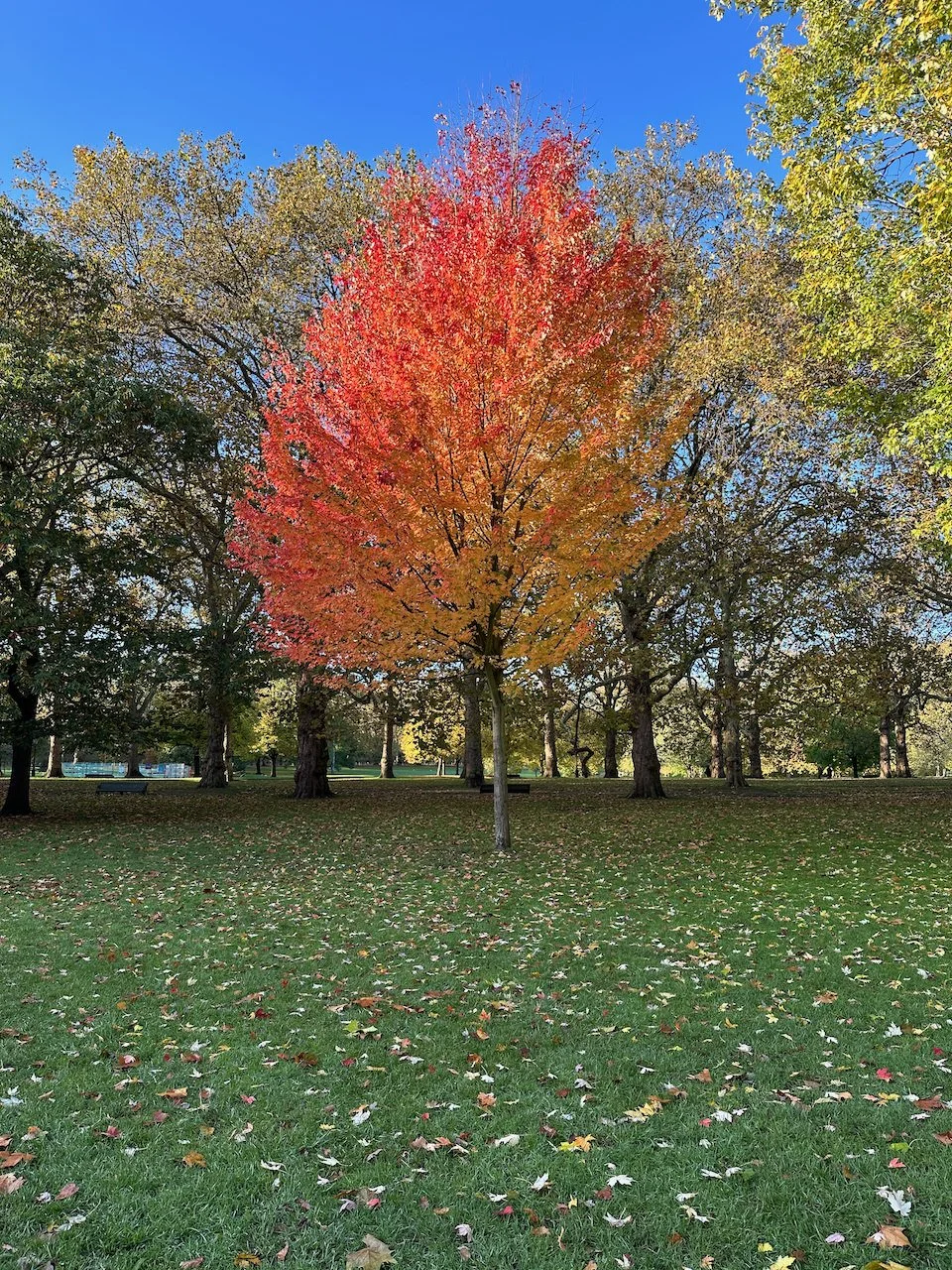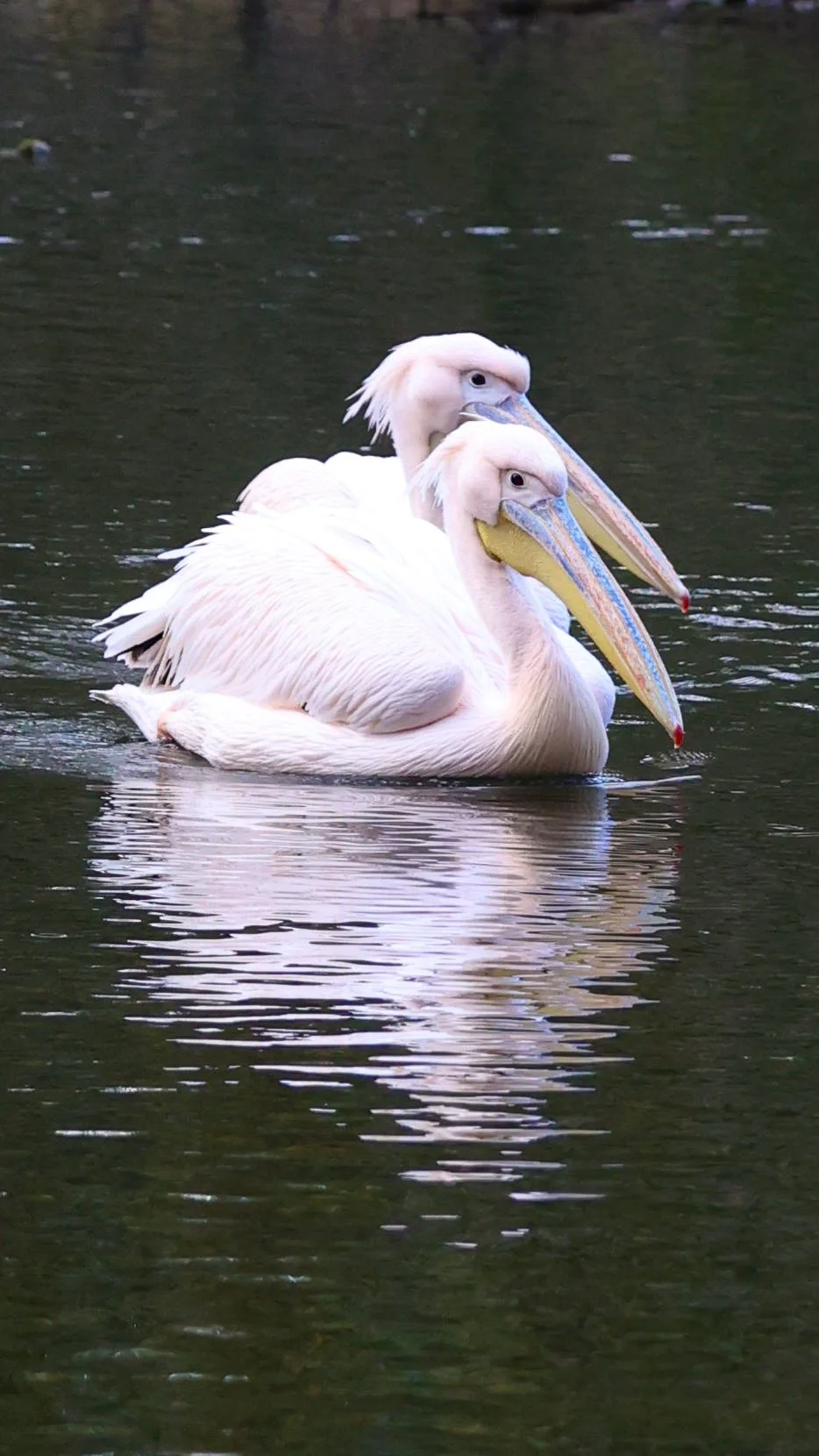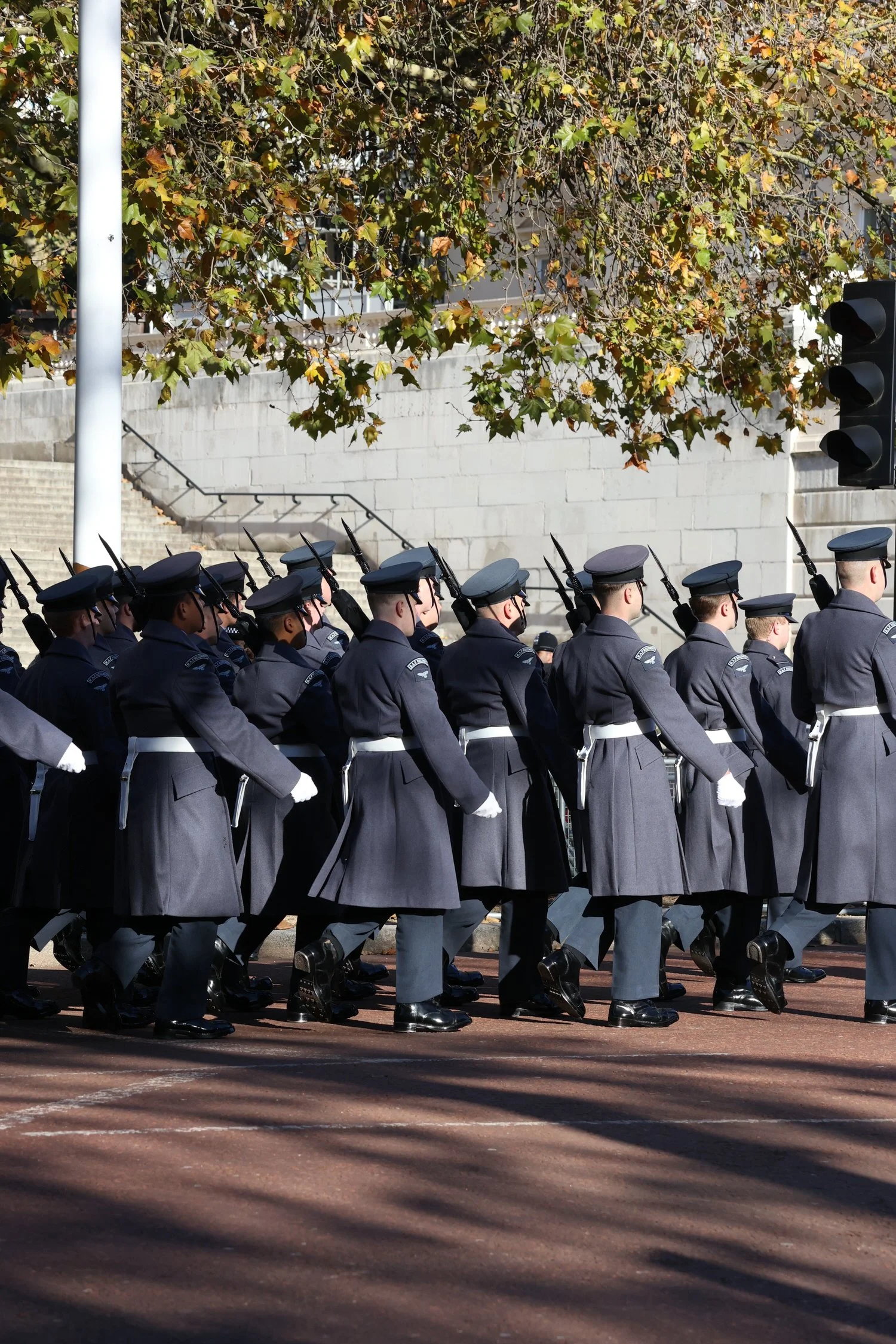London Parks Loop
There are eight royal parks in London and this walk visits four of them. The other four are on my list for next time.
These parks sit right in the centre of London and offer peaceful green retreats in a busy, bustling city. Each has its own character and atmosphere and all speak to the history and charm of England in some way.
There is an abundance of wildlife across all the parks - swans, pelicans, squirrels and even hedgehogs, to name a few. And there are a number of places to eat, drink and play along the way. A very pleasant walk in any season!
The route
As this is a loop you can start and end wherever you like. I’ve put the starting point at the Eastern end of Kensington Gardens but if you’re setting out from say the other side of St James Park, it makes more sense of course to begin there.
The route outlined on the map mostly follows the perimeter of the parks but you’ll want to wander off the path at various points to see some of the gardens, waterways and monuments further in. It’s hard to give an estimate of the time needed to complete this walk. It will depend on how many diversions you take (I took many), and how often you stop to smell the roses, (or the coffee). If you want to walk the route as is, non stop, then allow at least two hours. But It’s worth taking it slow.
Below is a brief description of each of the parks you’ll be walking around. The map above outlines the route and adds a little more information on some of the landmarks or points of interest along the way.
Kensington Gardens
This royal park is known for its elegant layout, well-tended flower beds, and iconic landmarks such as the Albert Memorial and Serpentine Gallery. It has a magical playground, a large duck-filled pond and at least four cafes or kiosks where you can get a bite to eat.
The park runs alongside Kensington Palace, birthplace of Queen Victoria and home to many royals over the years including Diana Princess of Wales and her former husband the current king, Charles II.
What began life as one of King Henry VIII’s many hunting parks is now a sanctuary for wildlife. It's meadow, scrub and informal open woodland provide habitats and havens for local and migrating fauna.
A little history… The land was set aside in 1689 when King William III and his wife Queen Mary carved off part of Hyde Park to create Kensington Gardens as a complement to Kensington Palace, their newly built home.
But it was Queen Caroline, wife of George II along with her renowned garden designer, Charles Bridgeman who helped to turn it into the landscape we see today. Together, they created the winding Serpentine which acts as a sort of boundary between the Gardens and Hyde Park. It is one of the first artificial lakes in the country designed to appear natural, rather than formal.
Hyde Park
In the words of the Royal Parks authority, this is “‘The People’s Park’ where suffragettes gave fiery speeches, where the Rolling Stones rocked out by the lake, where the UK’s first Pride march began and where Nelson Mandela took the stage.” It is also the park through which thousands of Londoners and tourists walk each day, many stopping to enjoy its delights.
Hyde Park has been a public space since 1637 when Charles 1 opened it up to the people. James I before him had offered limited access and before that it was Henry VIII’s hunting ground. (He acquired it from the monks of Westminster Abbey in 1536.)
The park covers an area of around 350 acres. In summer its gardens are alive with blossoms and birdsong and later in the year with rich autumn colour.
Sporting matches and concerts are held regularly in the park and there are tennis courts and dedicated boating and swimming areas in the lake. In November each year a section of the park becomes a Winter Wonderland theme park complete with ice rink, rides, markets and more.
Watch out for bikes as you stroll along the path (some shared, some not) and for horses on the sandy path at the edge of the park.
The Green Park
Green Park is relatively quieter and less formal than its neighbouring parks. There are no carefully designed flower beds or decorative water features here, but there is plenty of greenery, lush open lawns, and tree-lined pathways.
The Green Park covers 40 acres, linking St James's Park and Hyde Park in a chain of Royal Parks. In 1660, King Charles II wanted to be able to walk all the way from Hyde Park to St James's Park without leaving royal soil. So, he acquired land between the two established parks, put a brick wall around it and gave The Green Park its first name: Upper St James's Park.
Green park is known for its many memorials, including the Bomber Command Memorial which you’ll see near the entry.
The Canada Gate at the southeastern corner leads out to the Victoria Monument and Buckingham Palace and is the park’s formal entrance. The gates were a gift from Canada and metalwork includes the crests of Canadian provinces.
St James Park
And finally, my favourite, St James Park, considered to be the most royal of the royal parks.
The park is centred around a beautiful curving lake. A modest blue bridge crosses the lake about midway along and if you stand on that bridge you can see Whitehall Palace and the London Eye at one end and Buckingham Palace at the other.
The lake is a haven for wildlife and a great place to spot some of the many waterbirds that live in the park, over 40 species in total.
Duck Island and West Island, are mini wildlife sanctuaries, providing nesting sites and refuges for smaller birds such as robins wrens, and blue tits, as well as woodpeckers and tawny owls. And then there are the pelicans.
Pelicans were first introduced to the park in 1664 as a gift to King Charles II from the Russian Ambassador. There are now over 40 of them here and like the pelicans at home, they walk around like they own the place but they’re a delight to observe.
There are two cafes in the park and a playground suitable for small children. There are benches along the lakeside where you can stop to take in the scene and in the warmer months you can hire a deckchair (very English) and soak up some rays.
A little history…
St James Park takes its name from a leper hospital for women which operated on the site 470 years ago.
When King Henry VIIi added St. James to his royal collection of deer parks he fenced it off to the general public. When James was in charge, he kept a collection of exotic animals in the park, including camels, crocodiles and an elephant. Aviaries were used to house house the large number of exotic birds he kept. These enclosures lined the road that is now known as Birdcage Walk.
Charles II ordered a complete redesign of the park when he took over in 1660. He added formal gardens and a tree-lined canal which George IV and his architect John Nash replaced some time later with a curving lake. They also replaced the formal avenues with the sort of winding paths we see today.
Bordered by three royal palaces, St. James’s Park is the focus of many ceremonial events. The Mall, which runs the length of one side of the park, is the main route from Buckingham Palace to Whitehall, and the site of many parades and celebrations.
When I was in London last, a large parade saw Charles II off to Westminster to give his first speech to Parliament. Surrounding roads were closed to traffic and hundreds of police lined the streets as military bands, mounted guards and finally, palace carriages came by.
If you want to experience a little of this pomp and ceremony you could time your walk to coincide with the ceremony of Changing The King's Life Guard which takes place every weekday at 11:00am on Horse Guards Parade, just opposite the park.

























